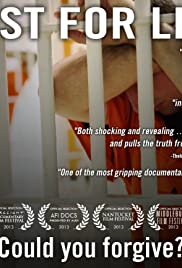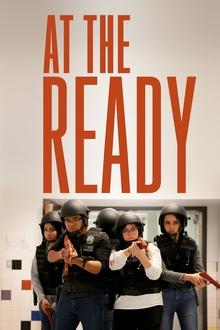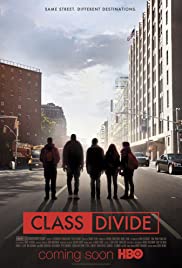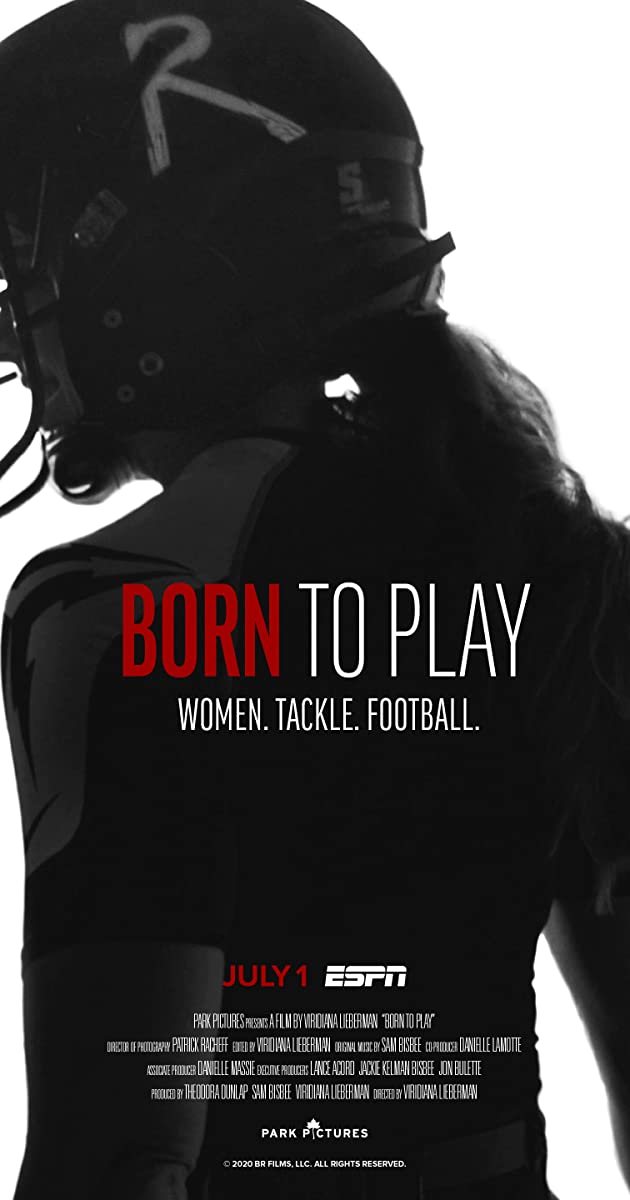
Traveling back to the places where he grew up, Dustin Lance Black explores his childhood roots, gay identity and close relationship with his mother, who overcame childhood polio, abusive marriages and Mormon dogma, while becoming Black’s emotional rock and, ultimately, the inspiration for his activism. With a wealth of personal photographs and candid memories from Black’s family, colleagues, and friends, this documentary embraces the personal to tell a universally hopeful tale of resilience and reconciliation through the power of love and shared stories.
You May Also Like

A documentary about juveniles who are serving life in prison without parole and their victims’ families.

The world had rarely seen a frenzy as the one the Dream Team created when it arrived in Barcelona, Spain, in July 1992. The Dream Team featured 11 future Naismith Memorial Basketball Hall of Fame players and three future Hall of Famers on the coaching staff, including head coach Chuck Daly.

Providing an unprecedented insight into his life on and off the pitch, this is the story of how a young player from Poland became one of the best footballers of all time. Robert’s family, and close friends, including world-class footballers and coaches explain how he continues to define the game today.

Not Available right now

In the summer of 2016, the director of this documentary film bought a bunch of discarded letters from a flea market in Izmir, Turkey. Written in the 70s, the letters were addressed to Kâzım Küçükal, who died during a mountain expedition in 1974, at the age of 19.

Norman is not just an admirer of nature, he’s a part of it. He survives the harshness of the climate and the wildlife by coexisting with it. With his wife Nebraska, they live almost entirely off the land, making money by selling their furs.

Home to one of the region’s largest law enforcement education program, students at Horizon High School in El Paso train to become police officers and Border Patrol agents as they discover the realities of their dream jobs may be at odds with the truths and people they hold most dear.

Those who played prominent roles in Clinton’s 1992 Presidential campaign return to discuss how politics and the media have changed since that time.

A look at NYC’s gentrification and growing inequality in a microcosm, Class Divide explores two distinct worlds that share the same Chelsea intersection – 10th Avenue and 26th Street. On one side of the avenue, the Chelsea-Elliot Houses have provided low-income public housing to residents for decades. Their neighbor across the avenue since 2012 is Avenues: The World School, a costly private school. What happens when kids from both of these worlds attempt to cross the divide?

Spends a season with the Boston Renegades, a womens’ tackle football team on the path to redemption after going undefeated but losing their championship the previous year. These unpaid athletes put their bodies on the line while maintaining full-time careers that support their lifelong dream… proving that football is for everyone.

Mindfulness is the art of simply being present. From Oprah to Phil Jackson to Anderson Cooper, it’s an art practiced by some of the world’s most successful people. Brought to the west by Zen Buddhist Monk Thich Nhat Hanh, who was once nominated for a Nobel Peace Prize by Dr. Martin Luther King Jr., mindfulness has recently gained mainstream popularity in both the media and in mental health treatment. This film features insights from Deepak Chopra, Thich Nhat Hanh, Sharon Stone, Oliver Stone, Cesar Milan, and many more. Watch it and learn how to embrace mindfulness in your own life!

Trailblazing, hell-raising country music legend Tanya Tucker defied the standards of how a woman in country music was supposed to behave. Decades after Tanya slipped from the spotlight, rising Americana music star Brandi Carlile takes it upon herself to write an entire album for her hero based on Tanya’s extraordinary life, spurring the greatest comeback in country music history. Taking stock of the past while remaining vitally alive in the present and keeping an eye on the future, The Return of Tanya Tucker is a rousing exploration of an unexpected friendship built on the joy of a perfectly timed creative collaboration.